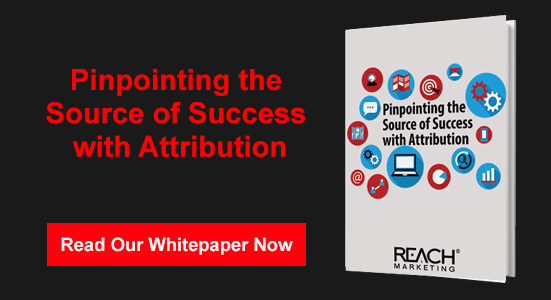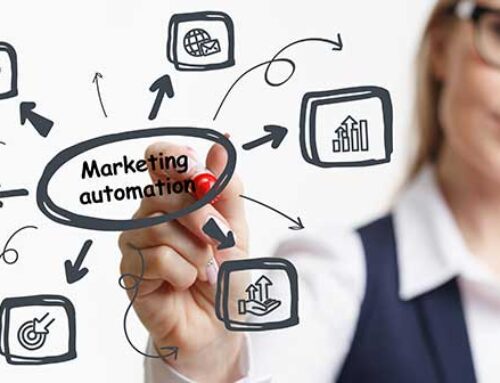Movies and popcorn, cookies and milk, the Beatles – some things are just plain better together than they are on their own. That’s true for marketing automation software and CRMs. Each can be a powerful tool on its own, but when they’re integrated into a central database, they truly empower your MARKETING AI® to deliver the utmost in customer care while giving you unparalleled insight into your audience.
Process Before Programs
Your most important step happens before you decide on a marketing automation platform or CRM, and that’s defining your goals. In what ways are your sales and marketing efforts out of sync? How can you improve on that, and what will your alignment process look like? Get your sales and marketing leaders together to break through barriers and define a formal sales/marketing integration strategy. A marketing technology consultant can be a significant asset at this stage.
Pick Your Pairing Carefully
Not all matches are meant to be, and that’s true of marketing automation platforms and CRMs. Installing a CRM that has only a tenuous connection to your marketing automation software isn’t the same as a fully integrated system that’s designed to dovetail with certain brands. Because the technology is still relatively new, we’re seeing something like the Wild West era of computing in the early ‘90s when buyers had to know about their computers’ OS, graphics cards, sound cards, and other details just to install some simple accounting software. “Plug and play” was more of a suggestion than a realistic goal.
Before investing in new software or third-party workarounds, talk with a marketing automation consultant who has experience integrating sales software and CRMs. A marketing database manager who has worked with multiple platforms can give you important guidance in the early stages of integration before you’ve fully committed your organization’s resources to the new database.
Name Brands Matter
Fortunately, you’re fairly safe when matching brand-name systems. Salesforce, for example, is a well-known name to marketing automation developers; most of the major automation platforms directly support it without the need to invest in additional connectivity tools or handle some processes manually. If you have a marketing automation platform you like, look for the CRMs that interface with it and pick the one that most closely aligns with your needs. When upgrading both systems at once, you have a bewildering array of options; work with your marketing automation consultant to narrow down your choices and find the pairing that’s best for your company.
From Communication to Integration
Once you’ve opened the lines of communication that will let you map out your integration strategy and decide on the technology that fits your needs best, it’s time to install and align your new technology. Here are some of the basics your centralized sales/marketing database should be able to handle from first-day integration:
- Synchronize data across platforms in real time
- Have a conflict resolution protocol to determine which data takes precedence
- Set alerts so the sales team can readily recognize high-interest leads
- Automate lead transfer from marketing to the CRM
- Define user fields so individual sellers can personalize their accounts
- Generate analytics based on data from both the CRM and the automation system
Over time, you and your marketing automation consultant will develop your own customized uses too, such as generating purpose-built reports and creating dashboards that highlight what’s most important for each team. Native integration makes customization far easier, so investing in systems that play well with one another from the start is vital to long-term success.
© Reach Marketing LLC 2017 All Rights Reserved.







